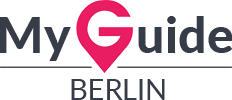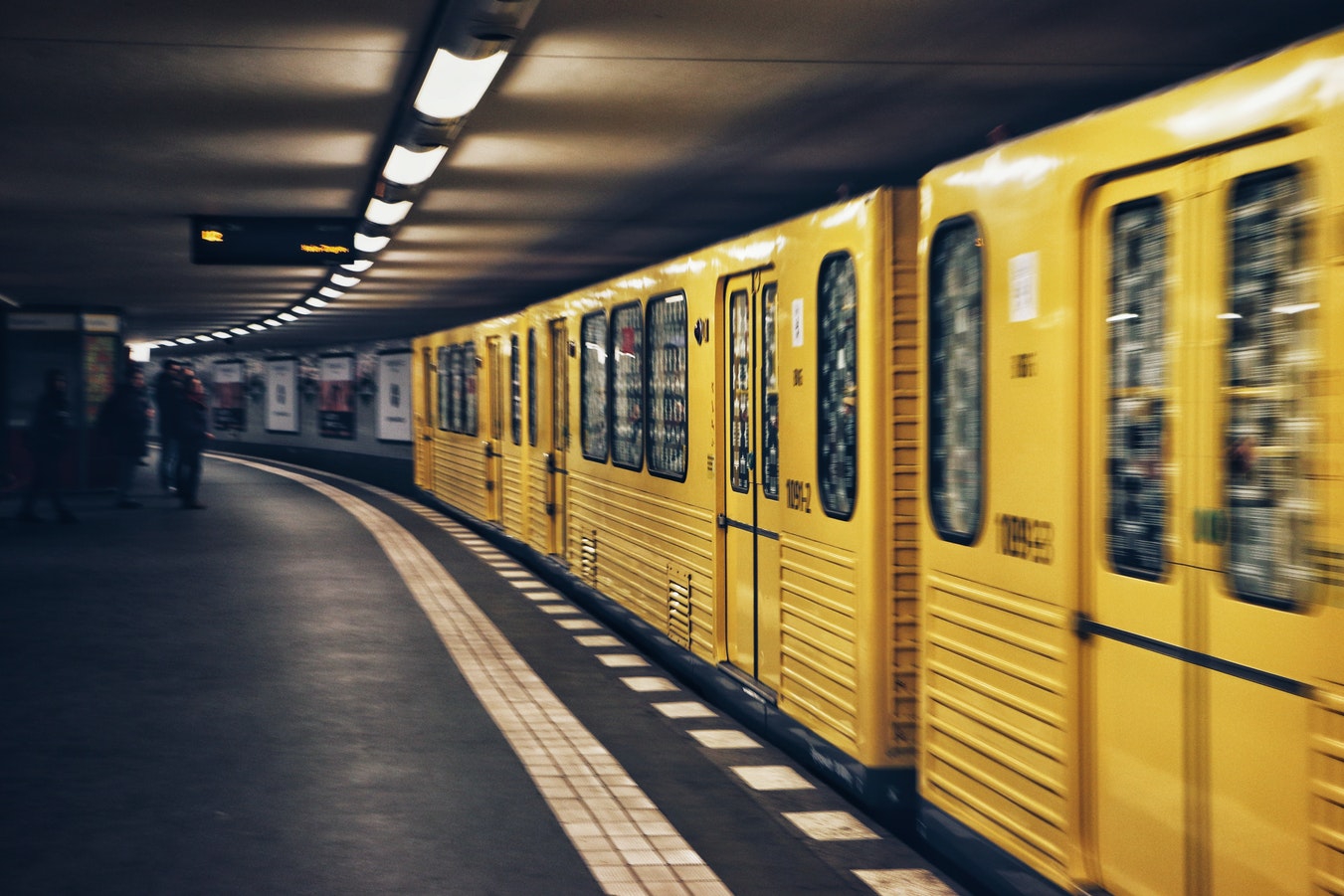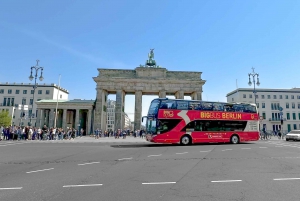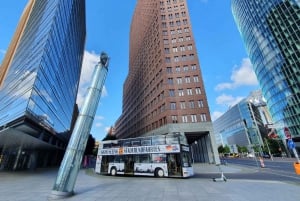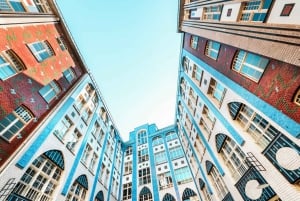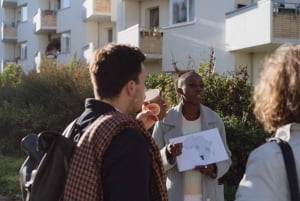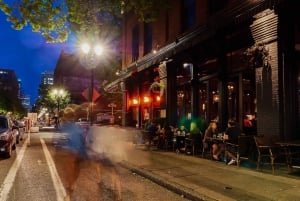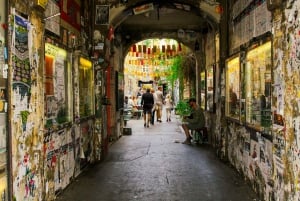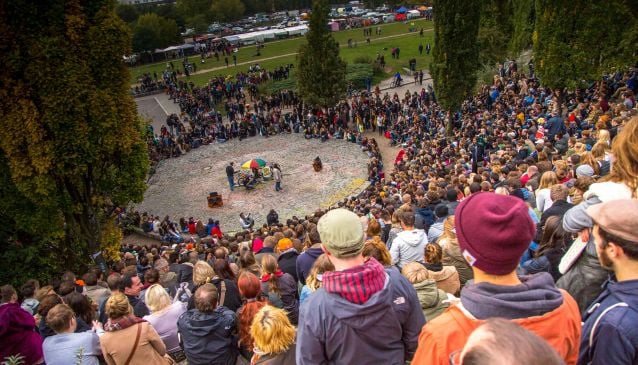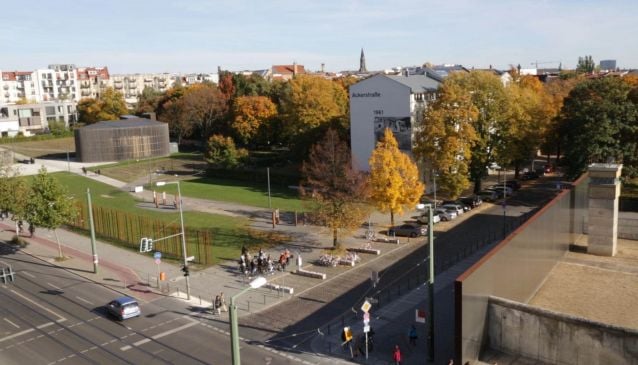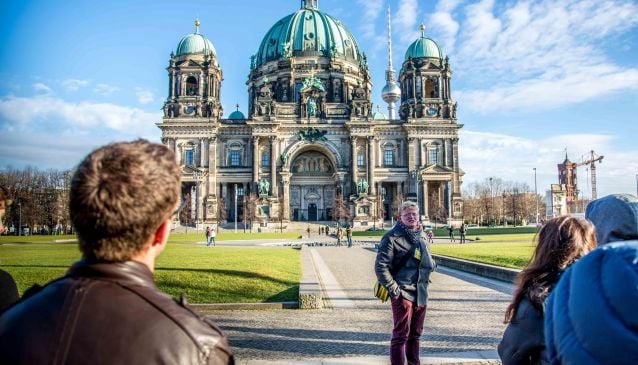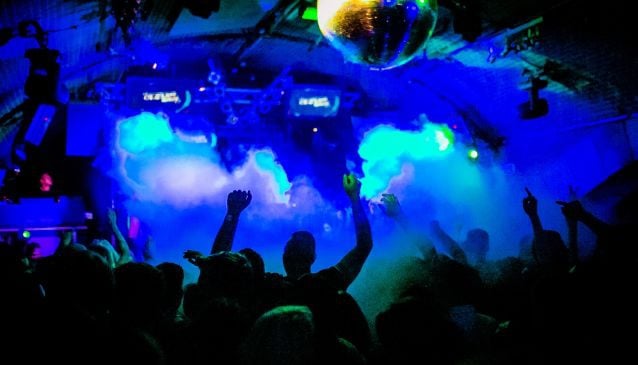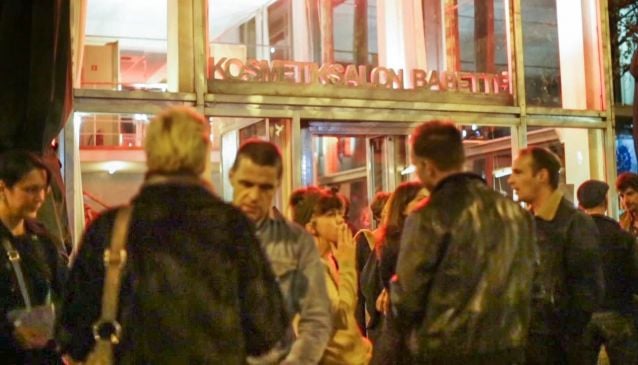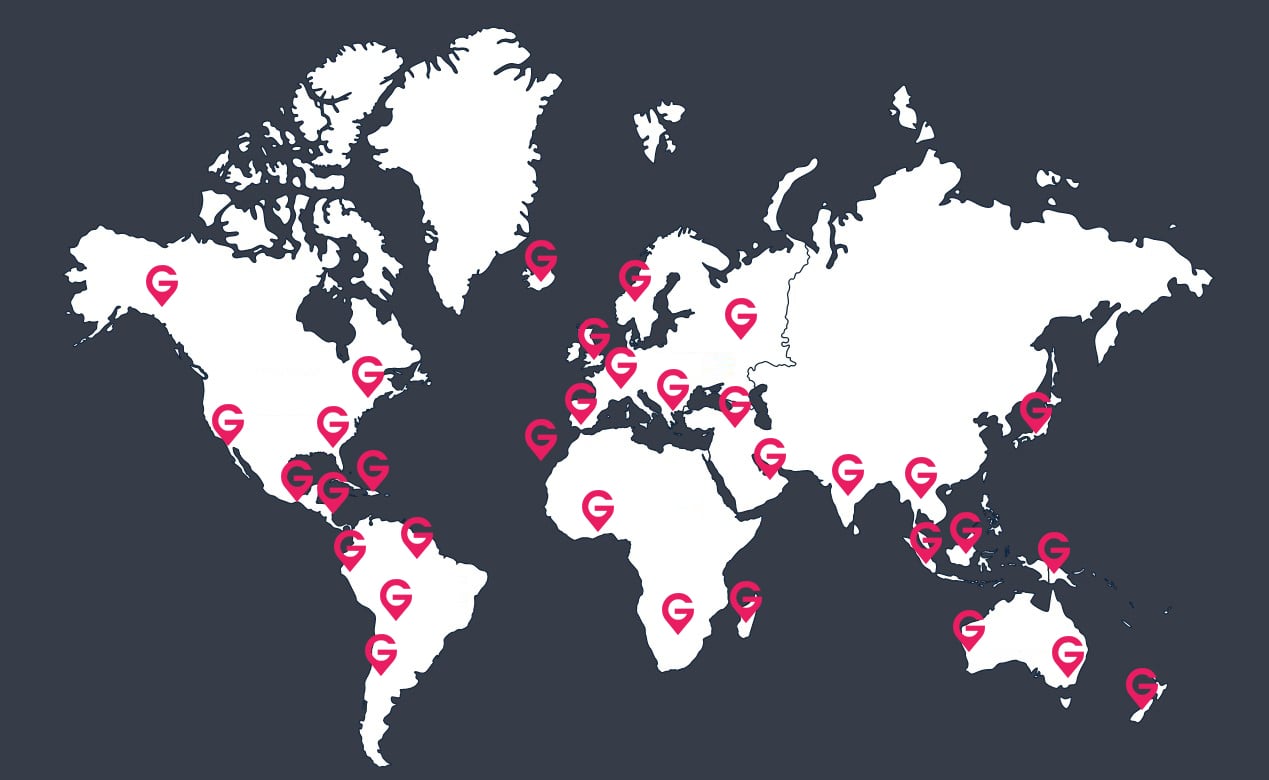Practical Information
Here is some practical information that we feel is helpful to know when visiting Berlin. For more information check out our FAQ or useful information pages.
1. Opening Hours
2. Walking in Berlin
In Germany, as opposed to the majority of other countries, people generally obey the pedestrian traffic lights. It is not uncommon to see a group of people patiently waiting at a red light, with not a car in sight. People that walk on red will often be looked at disapprovingly and tsked at, particularly if there are children present. Police will issue on the spot fines of between â¬5 and â¬10 if they witness you walking against the red. One unique feature of Berlinâs traffic lights is the East German Ampelmann (Traffic light man).
Many footpaths around Berlin are shared with cyclists. The section of the footpath designated as a cycleway is often, but not always, painted red, and is usually to the left of the pedestrian zone facing the direction of travel. Please take care when walking that you donât stray into the cycleway and when crossing the road donât forget to look for cyclists as well as cars. Cyclists in Berlin generally ride quickly and can be a bit aggressive towards people that walk or stand in front of them on the bike path.
3. Tipping - Trinkgeld (Literally: drink money)
Although tipping is by no means compulsory, It is customary to tip around 10% for service in Berlin. You can do this a couple of different ways; Give the waiter the amount for the bill including your tip and say âstimmt soâ (like âkeep the changeâ), or you can tell the waiter the amount you would like to pay. For example, you have a â¬20 note, your bill comes to â¬11.50, you want to leave a â¬1.50 tip so you would say Dreizehn (13) and the waiter will give you your â¬7 change.
4. Local Time in Berlin.
Berlin, and indeed the whole of Germany, is located in the Central European Time zone. Daylight Savings time runs from the last Sunday in March to the last Sunday in October.
5. Post
There are many ways to send a letter or package in Berlin.
Deutsche Post has branches dotted around the city. In addition to the Deutsche Post offices there are many sub-branches located in newsagencies and tobacco shops around Berlin â just look for the Posthorn Logo.
If you already have stamps and know the cost of your package there are many post-boxes located on the street throughout the city.
Prices of common items
Postcard
Minimum size 140 mm x 90 mm, Maximum size: 235 mm x 125 mm.
To send within Germany: .45c
To send Internationally .75c
Standard Letter
Minimum size 140 mm x 90 mm, Maximum: 235 mm x 125 mm x 5 mm. Maximum weight of 20g
Germany â¬0,58 international â¬0,75
6. Water
The tap water (Leitungswasser) in Berlin is perfectly safe to drink. It is however considered to be quite hard and if you are not used to it, you could potentially find the taste unpleasant. Many Berliners have a water filter to remove some of the minerals, especially if they are fussy about their tea and coffee!
In cafes and restaurants you may find it difficult to get free tap water, with mineral water (either still or with bubbles) being the only option. The exception is when an espresso is ordered; this is usually served with a small glass of water.
If you would like your mineral water with bubbles you can ask for it a number of ways....either "mit Kohlensäure" (Eng: with carbonation) or, much the much simpler varient "mit Gas" (Eng: with gas).
7. Electricity
Germany uses the same round, 2 pin sockets that are used throughout the rest of Europe. The current is 220/240 v. If you are coming from Canada or the U.S.A you will need an adapter for some appliances. Here is a helpful resource with information on the sort of adapters you may require.
8. Communication
Internet
Although there are fewer internet cafes since the proliferation of the Smart-phone, tablet and mini laptop, there are still a few dotted around the city for those of you who are travelling light. Alternatively, if you are travelling with a wifi enabled piece of tech there are loads of Cafes around Berlin that offer free wifi for their customers.
Phone
You will be lucky if you can find a public phone box around Berlin these days and should buy a lotto ticket if the one you find is actually working. If you donât have a mobile telephone, your best bet is to find an internet café or call shop.
Pre-paid SIM
If you have a mobile phone and are planning to stay in Germany for a while it may be worth getting a prepaid SIM-card. There are pretty cheap options available including data plans and these can be purchased from any phone shop, electronics store (Saturn, Mediamarkt etc), or even some supermarkets and convenience stores.
9. Dress Code
First-time visitors to Berlin might be surprised to see a distinct lack of "Lederhosen" clad chaps wandering around the city. It is really only the region of Bavaria that wears this traditional dress, although if you are in Berlin during the city's Oktoberfest celebrations you may see a few wandering about.
There isnât really a dress code in Berlin per se, however, if you are visiting a religious building you should check to see if one applies. If you steer clear of sleeveless tops and flip-flops when entering churches you should be ok.
There are also certain dress requirements if you plan to dine, drink or party at particular locations around Berlin. The iconic Kit Kat Klub, for example, has a pretty strict fetish wear rule. Check out our profiles for more detailed information on specific venues.
